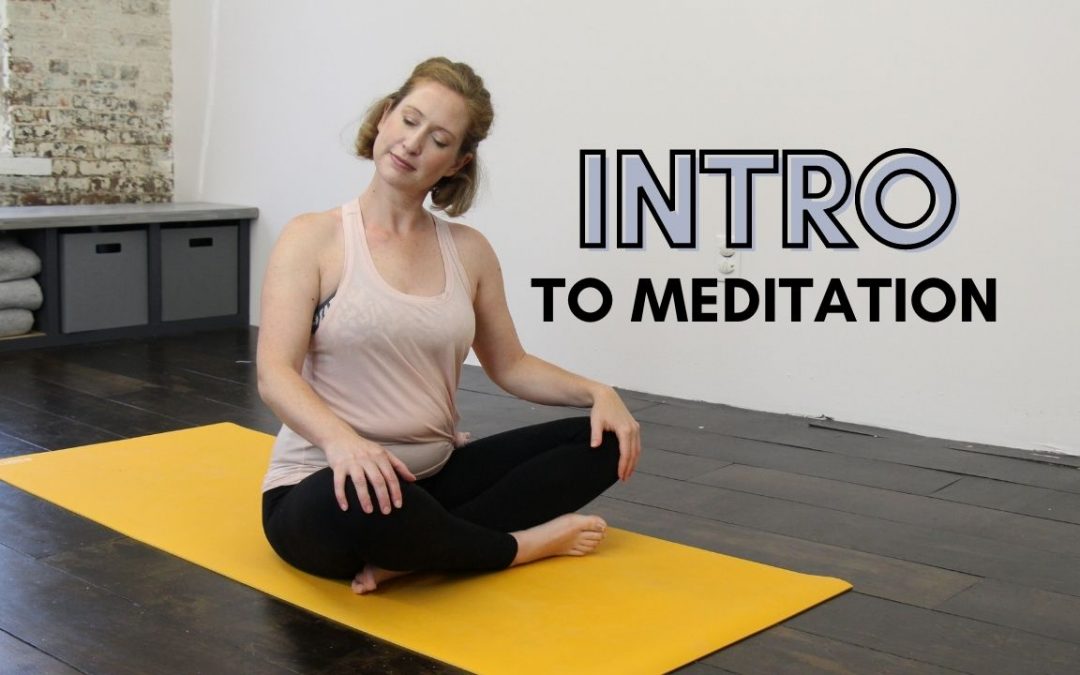Dhyana, or meditation, has been practiced for millenia by yoga practitioners. Ultimately, the purpose of yoga practice has been, historically, to prepare the body for long periods of meditation.
In order to sit for long periods of time, the body had to be strong, flexible, open. It had to be able to breathe, intentionally for long periods of time.
Meditation requires a great deal of concentration. Concentration, also known as Dharana (the 6th limb of yoga), requires practice. That’s why you often hear your yoga teacher guiding you back to your breath, or back to your physical body. We know the mind wanders and our hope, in offering reminders, is to bring you back into the present moment.
As you establish a regular yoga practice, you may find your ability to concentrate on life, or work, improves over time. This shows up most clearly in your meditation practice.
Think of it like a barometer, a measure, for how much your yoga practice is affecting clarity of mind and thought. And that is a critical and essential piece of self-mastery. Which, in my opinion, is the purpose of yoga practice.

